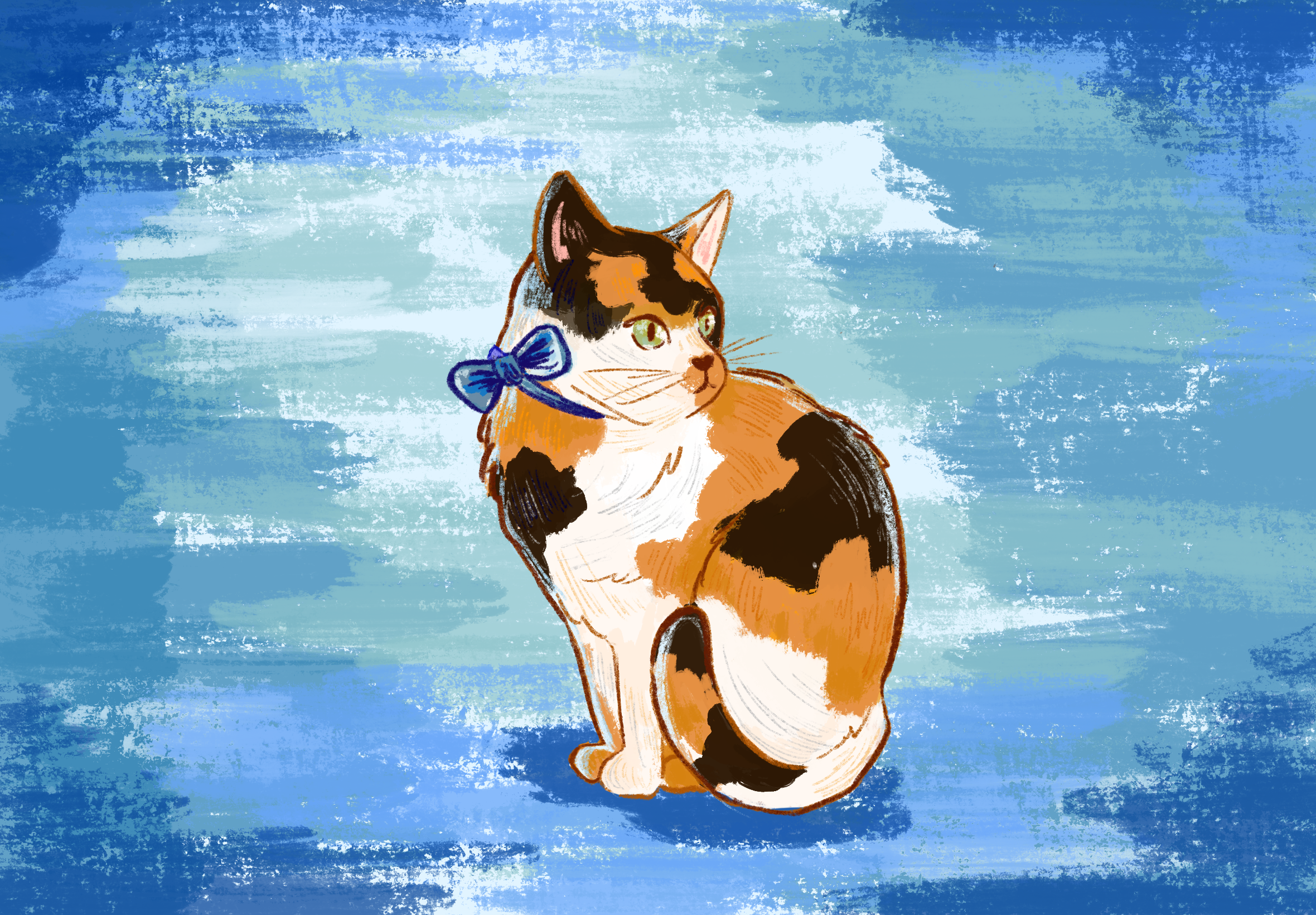“Stray” starts off with an unusual premise — you’re a cat tossed into a post-apocalyptic, cyberpunk setting. Separated from your family of fellow felines, you must now traverse through a packed maze of balconies, roofs and neon signs.
Given the stunning atmosphere and meticulously detailed setting, “Stray” fits best as an adventure game. Despite some minor bugs and glitchy animations, “Stray” is highly successful in constructing an elaborate sense of ambiance and making the player want to explore on their own without any direct incentives. Whether meandering through misty alleyways or overgrown ruins, you can feel the care and attention that has gone into the design and look of the game.
Nevertheless, the gameplay of “Stray” is loyal to the feline traits and interests of its protagonist. Platforming — the skillful maneuvering of the player through the environment — and light puzzles are the bread and butter of the game, which seems appropriate for a clever and agile cat. The player’s movement is fluid, graceful, and true to how real-life cats navigate our urban jungles. The game uses your cat’s smaller stature and more agile body well — making you constantly leap across AC units, dash through windows and even ride ziplines in a bucket. But calling “Stray” a platformer is a stretch, as the most you’ll have to do to jump across a seemingly treacherous ledge is to press the jump button when the game instructs you to.
One of the strongest examples of the attention to detail in the game is the excellent lighting, which ranges from a colorful smorgasbord of flashing neon displays to corridors hazily lit with blue ceiling lights. It even serves to guide the player in certain areas with a line of lightbulbs that lead you to the next location.
While exploring this forgotten city, you’re more than likely to be distracted by a prompt from the game — you can scratch the rug you’re standing on. It’s the small things like this that make “Stray” stand out. Whether it’s knocking over countertop items, squeezing through tight corridors, or blithely walking across a keyboard, the game is chock-full of details that make it just that much more engaging and authentic.
Within this intricate cyberpunk environment exists a close-knit society of robots milling about — with humanity conspicuously absent. The androids, replete with animated computer screens for faces, each have individual personalities and interesting dialogue. While most aren’t fleshed-out characters, the best part of these robotic friends is often the player’s interactions with them, like when you knock over a mahjong game in the middle of an intense match in classic cat-like fashion.
The game does have the same theming and appearance for buildings and lettering that a lot of other cyberpunk games utilize, which means that some settings in “Stray” may look familiar to those who’ve dabbled in the genre before. Nevertheless, the number of decorative and interactive objects that litter the environment, along with a variety of other unique locales in the game, creates a thoroughly immersive experience that serves as a backbone for the rest of the game.
The stakes aren’t too high in “Stray”, but that just might serve to enhance the experience, as it allows the player to take their time to interact with the game’s characters and do their side quests. There is still action, though. For much of the game, you’ll have to avoid, outmaneuver and outsmart “Zurks” — feisty little creatures that attach to your body and require you to shake them off.
There are some clear flaws in the gameplay, however. While “Stray” is free of intrusive user-interface buttons and menus much of the time, it relies on text boxes to convey a lot of information. Not only that, but sometimes character animations are jarring, the laws of physics are ignored and items clip through walls. While these hiccups are inevitable in most video games, it’s especially notable in “Stray” as the game focuses heavily on ambiance. These shortcomings reduce the game’s immersion factor when you encounter them, but you’ll soon forget about them as you absorb yourself back into the extremely polished setting and characters.
As a four-to-six-hour game, “Stray” isn’t too fast or too sluggish. Despite the occasional animation hiccups, players will find that a few new gameplay elements, exotic locations and a captivating story all keep the game fresh throughout the entire experience. Above it all, who doesn’t love a cuddly cat to keep you com-paw-ny?
Editor’s Note: This article is a review and includes subjective thoughts, opinions and critiques.
